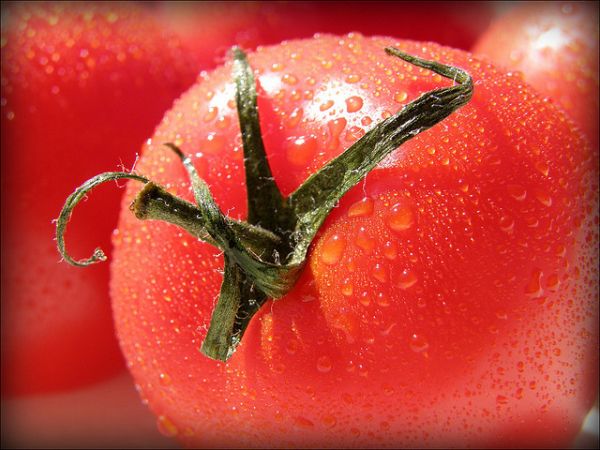"Why the tomato was feared in Europe for more than 200 years"....
http://blogs.smithsonianmag.com/food/2013/06/why-the-tomato-was-feared-in-europe-for-more-than-200-years/?+Archaeology+|+Smithsonian.com)
A nickname for the fruit was the “poison apple” because it was thought that aristocrats got sick and died after eating them, but the truth of the matter was that wealthy Europeans used pewter plates, which were high in lead content. Because tomatoes are so high in acidity, when placed on this particular tableware, the fruit would leach lead from the plate, resulting in many deaths from lead poisoning. No one made this connection between plate and poison at the time; the tomato was picked as the culprit.
Around 1880, with the invention of the pizza in Naples, the tomato grew widespread in popularity in Europe. But there’s a little more to the story behind the misunderstood fruit’s stint of unpopularity in England and America, as Andrew F. Smith details in his The Tomato in America: Early History, Culture, and Cookery. The tomato didn’t get blamed just for what was really lead poisoning. Before the fruit made its way to the table in North America, it was classified as a deadly nightshade, a poisonous family of Solanaceae plants that contain toxins called tropane alkaloids.
One of the earliest-known European references to the food was made by the Italian herbalist, Pietro Andrae Matthioli, who first classified the “golden apple” as a nightshade and a mandrake—a category of food known as an aphrodisiac. The mandrake has a history that dates back to the Old Testament; it is referenced twice as the Hebrew word dudaim, which roughly translates to “love apple.” (In Genesis, the mandrake is used as a love potion). Matthioli’s classification of the tomato as a mandrake had later ramifications. Like similar fruits and vegetables in the solanaceae family—the eggplant for example, the tomato garnered a shady reputation for being both poisonous and a source of temptation. (Editor’s note: This sentence has been edited to clarify that it was the mandrake, not the tomato, that is believed to have been referenced in the Old Testament)
Around this time it was also believed that tomatoes were best eaten in hotter countries, like the fruit’s place of origin in Mesoamerica. The tomato was eaten by the Aztecs as early as 700 AD and called the “tomatl,” (its name in Nahuatl), and wasn’t grown in Britain until the 1590s. In the early 16th century, Spanish conquistadors returning from expeditions in Mexico and other parts of Mesoamerica were thought to have first introduced the seeds to southern Europe. Some researchers credit Cortez with bringing the seeds to Europe in 1519 for ornamental purposes. Up until the late 1800s in cooler climates, tomatoes were solely grown for ornamental purposes in gardens rather than for eating. Smith continues:
John Parkinson the apothecary to King James I and botanist for King Charles I, procalimed that while love apples were eaten by the people in the hot countries to ‘coole and quench the heate and thirst of the hot stomaches,” British gardeners grew them only for curiousity and fo the beauty of the fruit.

